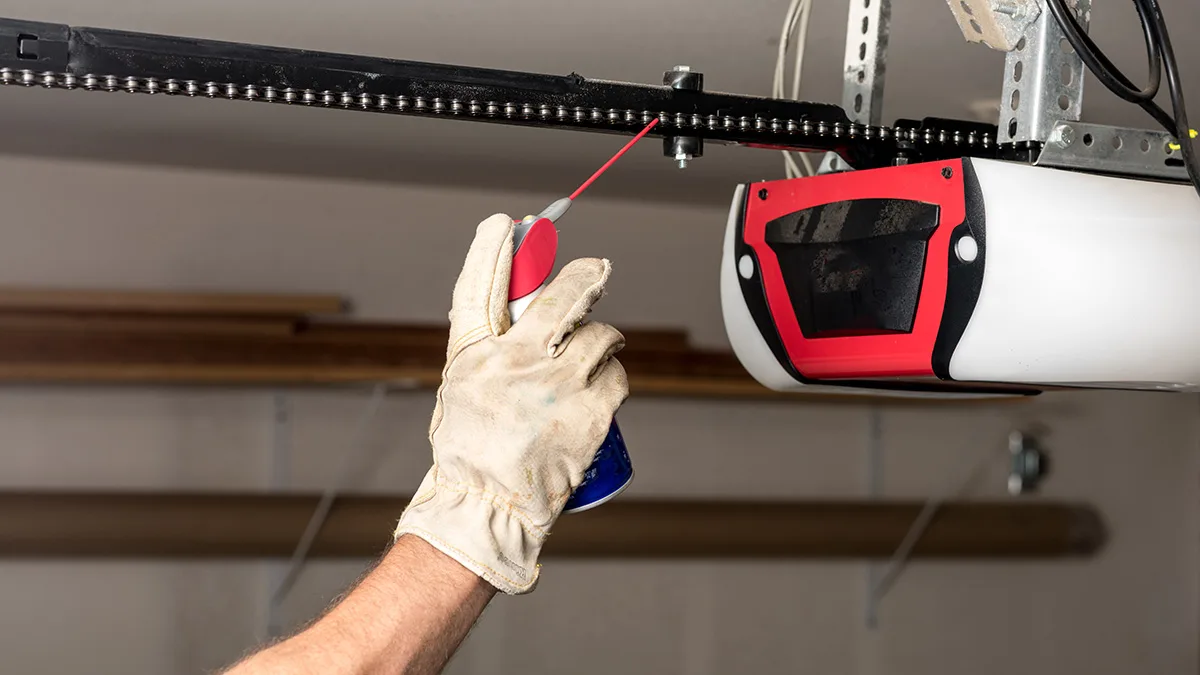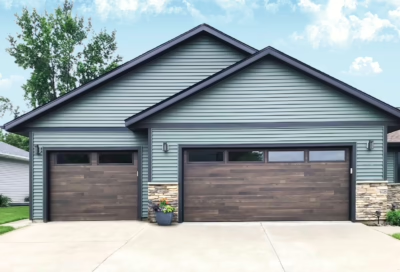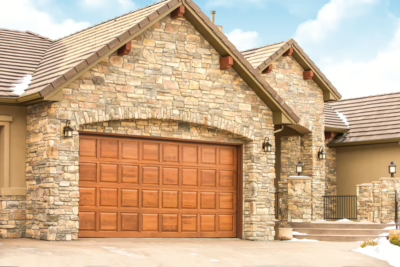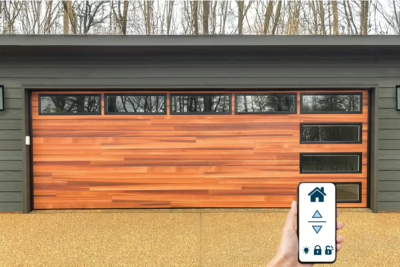Your garage door is an essential part of your home—protecting your vehicles, improving security, and even enhancing curb appeal. But like any other mechanical system, it requires regular maintenance to keep it functioning properly. Neglecting maintenance can lead to noisy operation, costly repairs, or even complete failure.
Luckily, most garage door upkeep is simple and takes minimal time. Whether you’re a DIY homeowner or just looking to prevent unexpected breakdowns, here’s how to maintain your garage door for optimal performance and longevity.
Why Garage Door Maintenance Matters
A well-maintained garage door isn’t just about convenience—it impacts safety, security, and cost savings in the long run. Here’s why regular upkeep is crucial:
- Prevents Costly Repairs – Small issues like worn-out rollers or misaligned tracks can turn into expensive fixes if ignored.
- Improves Safety – Faulty garage doors can be dangerous, especially if the auto-reverse feature isn’t working properly.
- Enhances Security – A well-maintained door reduces the risk of break-ins due to weak or faulty mechanisms.
- Extends Lifespan – A properly maintained garage door can last 15-30 years, depending on material and upkeep.
To keep your door in top shape, follow these six essential maintenance steps below.
Step 1: Perform a Quick Inspection
A monthly visual inspection helps catch potential problems before they escalate. Take a few minutes to check for:
- Damaged panels – Look for dents, cracks, or rust.
- Loose hardware – Tighten any loose bolts, screws, or brackets.
- Frayed cables – If you see wear on cables, call a professional.
- Misaligned tracks – Ensure the tracks are straight and free from debris.
- Worn-out rollers – If rollers appear cracked or wobbly, they may need replacing.
If everything looks good, move on to lubrication.
Step 2: Lubricate Moving Parts
Lubrication is one of the easiest ways to keep your garage door running smoothly and quietly. Without it, metal parts will grind against each other, leading to wear and tear over time.
What to Lubricate?
- Hinges
- Rollers
- Tracks
- Springs
- Opener chain
What Are The Best Lubricants to Use?
White lithium grease or a silicone-based spray (avoid WD-40—it’s a degreaser, not a lubricant).
Step 3: Check Door Balance & Alignment
A balanced garage door reduces strain on the opener and ensures smooth movement. Here’s how to check:
- Disconnect the opener by pulling the release handle.
- Manually lift the door halfway and let go.
- Observe:
- If the door stays in place, it’s properly balanced.
- If it slams shut or moves up, the springs may need adjustment (call a professional).
Ignoring an unbalanced door can lead to excessive wear on your opener, shortening its lifespan.
Step 4: Inspect & Replace Weather Seals
Weather seals keep out dirt, pests, and harsh weather, but they wear down over time. Check the seals at the bottom and sides of the garage door—if they’re cracked, brittle, or peeling, it’s time for a replacement.
How to replace them:
- Purchase new seals from a hardware store.
- Remove the old strip by pulling it out of its track.
- Cut the new seal to size and slide it into place.
This simple step helps with energy efficiency and prevents unnecessary drafts or moisture buildup.
Step 5: Test Safety Features
Modern garage doors have built-in safety mechanisms that prevent accidents, but they need to be tested regularly to ensure they work properly.
Auto-Reverse Feature Test:
- Place a wooden block or an object under the garage door.
- Close the door—if it doesn’t reverse immediately upon contact, it needs adjustment.
Photo-Eye Sensors Check:
- Wave an object (like a broom) in front of the sensors while the door is closing.
- If the door doesn’t stop and reverse, clean the sensors and check for alignment.
These tests ensure that your garage door remains safe for pets, children, and vehicles.
Step 6: Keep the Door Clean
Beyond mechanical maintenance, keeping your garage door clean helps prevent long-term damage.
- Steel & Aluminum Doors: Wash with mild soap and water; check for rust spots and repaint as needed.
- Wooden Doors: Look for signs of warping, water damage, or peeling paint—apply a fresh coat of sealant if necessary.
- Glass & Fiberglass Doors: Use a glass cleaner to prevent dirt buildup.
Cleaning also gives you a chance to spot early signs of wear before they become bigger problems.
When to Call a Professional
While most maintenance tasks can be handled on your own, some require expert intervention. You should contact a professional if you notice:
- Broken springs – High-tension springs can be dangerous to replace yourself.
- Frayed cables – These can snap unexpectedly, causing injury.
- Unusual grinding noises – Could indicate a failing opener or motor.
- A door that won’t stay open – Likely a spring tension issue.
Regular professional servicing (once a year) can also help prevent unexpected breakdowns and keep your garage door in peak condition.
Final Thoughts: A Few Minutes of Maintenance Goes a Long Way
Maintaining your garage door doesn’t have to be a chore. By following these six essential steps—inspection, lubrication, balance checks, weather seal replacement, safety feature testing, and cleaning—you can extend the life of your garage door, improve safety, and save money on future repairs.
Make garage door maintenance a part of your home care routine, and you’ll enjoy a quieter, safer, and more reliable garage door for years to come.



